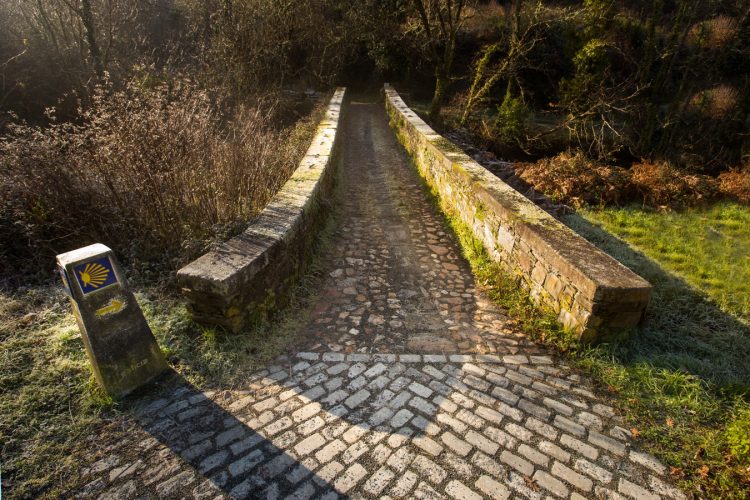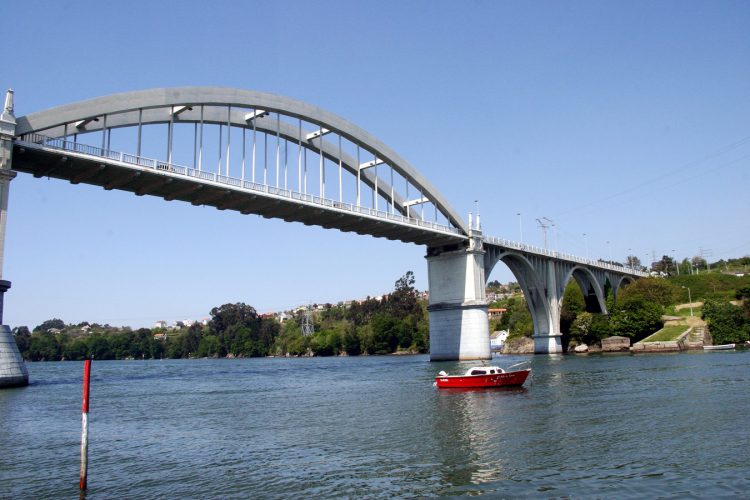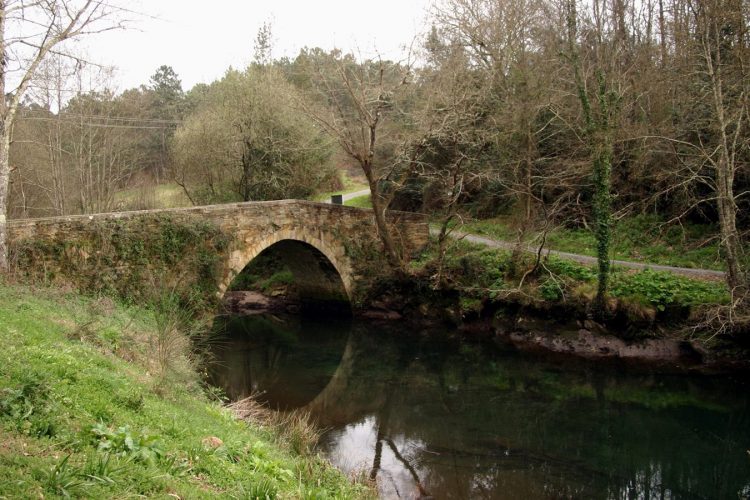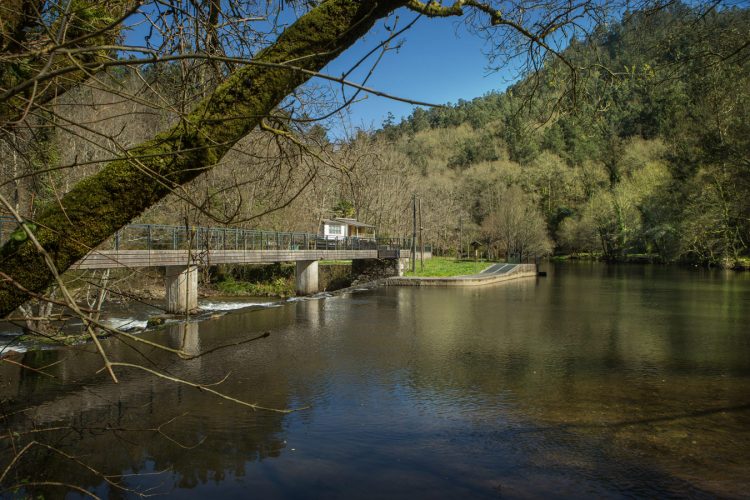Paderne
It is located to the right of the Betanzos estuary and the lineage of the Andrade family has marked the history of this legendary place.
The municipality of Paderne is full of history and we would have to go back a long way to find the first settlers.
Since the Middle Ages, the lineage of the Andrade family has marked the history of this beautiful municipality, as can be seen in its municipal coat of arms. It shows a bridge with a wild boar in the middle and, at each end, a scallop shell — a symbol of pilgrims — which refers to the passage of the Camino Inglés of St. James through Paderne.
A member of this family, Fernán Pérez de Andrade "O Bo" (The Good) in the 14th century, ordered the construction of the bridge over the river Lambre to establish good communications between Pontedeume and Betanzos, the head of his fiefs, also called Ponte do Porco, a name that refers to the wild boar that symbolises the House of Andrade.
Legend has it that Roxín Roxal was a servant of the lord of Pontedeume, Don Nuno Freire de Andrade. This young man fell in love with Teresa, his lord's daughter. Roxín was consequently banished to prevent the romance from making it difficult for Teresa to marry Don Enrique, who was a nobleman. As a token of the esteem in which Don Nuno held Roxin, he gave him a valuable dagger as a farewell gift. One day on a hunting trip, Don Enrique persuaded his wife to accompany him, but when they were both on the bridge, a wild boar appeared. The Lord of Osorio wounded the huge animal, but not enough and when Don Enrique saw the wild boar running towards him, he jumped over the bridge into the river and shouted to his wife to do the same, but Doña Teresa got stuck, scared to death, and the wild pig charged her, killing her. A few days later the wild boar was found dead on the same bridge; the dagger that Don Nuno had given Roxín Roxal was stuck in its throat. Andrade realised that his daughter would have had been better defended by this brave young man. From that moment on, the bridge was known as Ponte do Porco (Pig Bridge).
In Paderne there are historical references to the Camino since the 12th century, endorsing the route to the tomb of St. James, recognising the hospitality offered by the houses sponsored by various religious orders, the support of some noblemen and the hospitals of the 'Sancti Spiritus', such as the old Hospital of Guende founded around 1445 in the parish of Souto, in Chantada, which served as protection and refuge for those who passed through there. Father Martín Sarmiento, in his journey of 1745, records the hospital, although only the remains of it were left.
Continuing with this brief historical review, in 1779 the president of the United States, John Adams, visited this municipality and described the area of Ponte do Porco, where he stopped for lunch, as a fertile land cultivated from the top of the mountain to the seashore.
In the 20th century, the construction of the Pedrido Bridge, designed by Eduardo Torroja Miret, marked a milestone in the life of the people of the region, both in terms of facilitating communication between the banks of the estuary and the advances that were used in its construction.
Paderne, "paradise between Rivers", a Biosphere Reserve, a place full of history and beauty which, together with the hospitality of its inhabitants, make this council a special place in our region.




